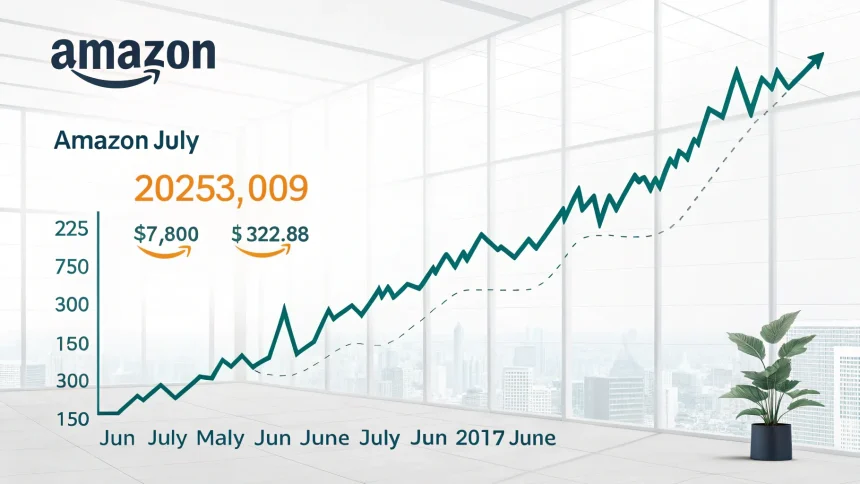Amazon’s stock has shown signs of recovery following a significant drop after the company released its second-quarter financial results in late July. Despite this recent upward movement, the stock remains substantially below its 2025 peak values.
The e-commerce and cloud computing giant experienced a sharp selloff immediately after revealing its quarterly performance to investors. Market analysts note that while the stock has begun to claw back some of its losses, the recovery remains incomplete.
Market Reaction to Q2 Results
The July earnings announcement triggered an immediate negative response from investors, sending Amazon shares downward. This reaction came despite Amazon’s continued dominance in both online retail and cloud services markets.
Financial experts point to several factors that may have contributed to the initial stock decline:
- Investor expectations that exceeded actual performance figures
- Concerns about future growth projections
- Broader market volatility affecting tech stocks
“The market had priced in extremely high expectations for Amazon’s performance,” notes one market observer. “Even solid results can trigger a selloff if they don’t exceed those lofty expectations.”
Recovery Trajectory
Since the initial drop, Amazon stock has begun a gradual recovery pattern. This rebound suggests that some investors view the post-earnings dip as a buying opportunity rather than a signal of fundamental problems with the company’s business model.
The recovery has been supported by Amazon’s continued strength in its core businesses and strategic initiatives in emerging sectors. However, the stock has not yet regained enough ground to approach its 2025 high points.
Market data indicates that Amazon shares would need to gain approximately 15-20% from current levels to match their previous peak valuation from earlier in 2025.
Long-Term Outlook
Despite the recent volatility, many financial analysts maintain a positive long-term outlook for Amazon. The company continues to expand its market share across multiple business segments while investing heavily in future growth areas.
Amazon’s diverse revenue streams—spanning e-commerce, cloud computing, digital advertising, and subscription services—provide multiple paths for future growth. This diversification helps insulate the company from downturns in any single market segment.
Investors are now closely watching for signals about Amazon’s third-quarter performance and any guidance the company provides about the upcoming holiday shopping season, which traditionally represents a significant revenue period for the retail giant.
As the market digests the full implications of Amazon’s second-quarter results and subsequent stock movements, attention will focus on whether this recovery represents the beginning of a sustained upward trend or merely a temporary bounce before further price adjustments.







